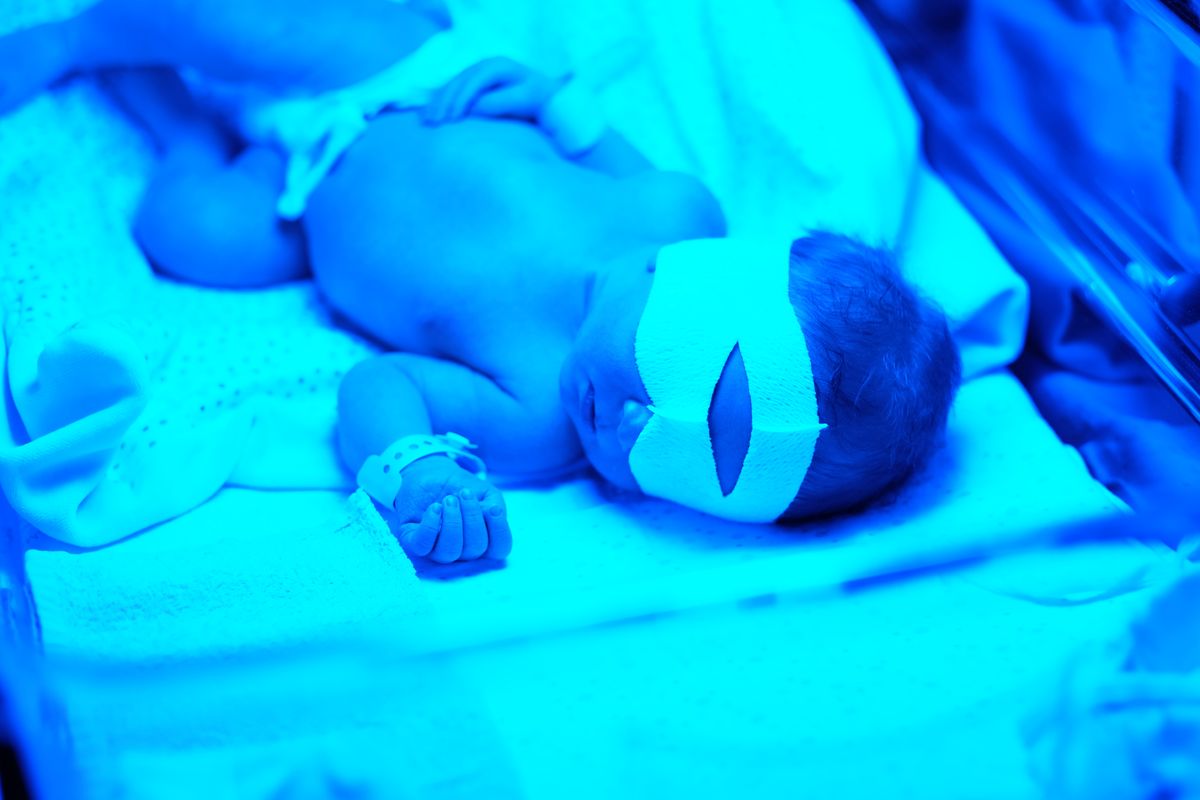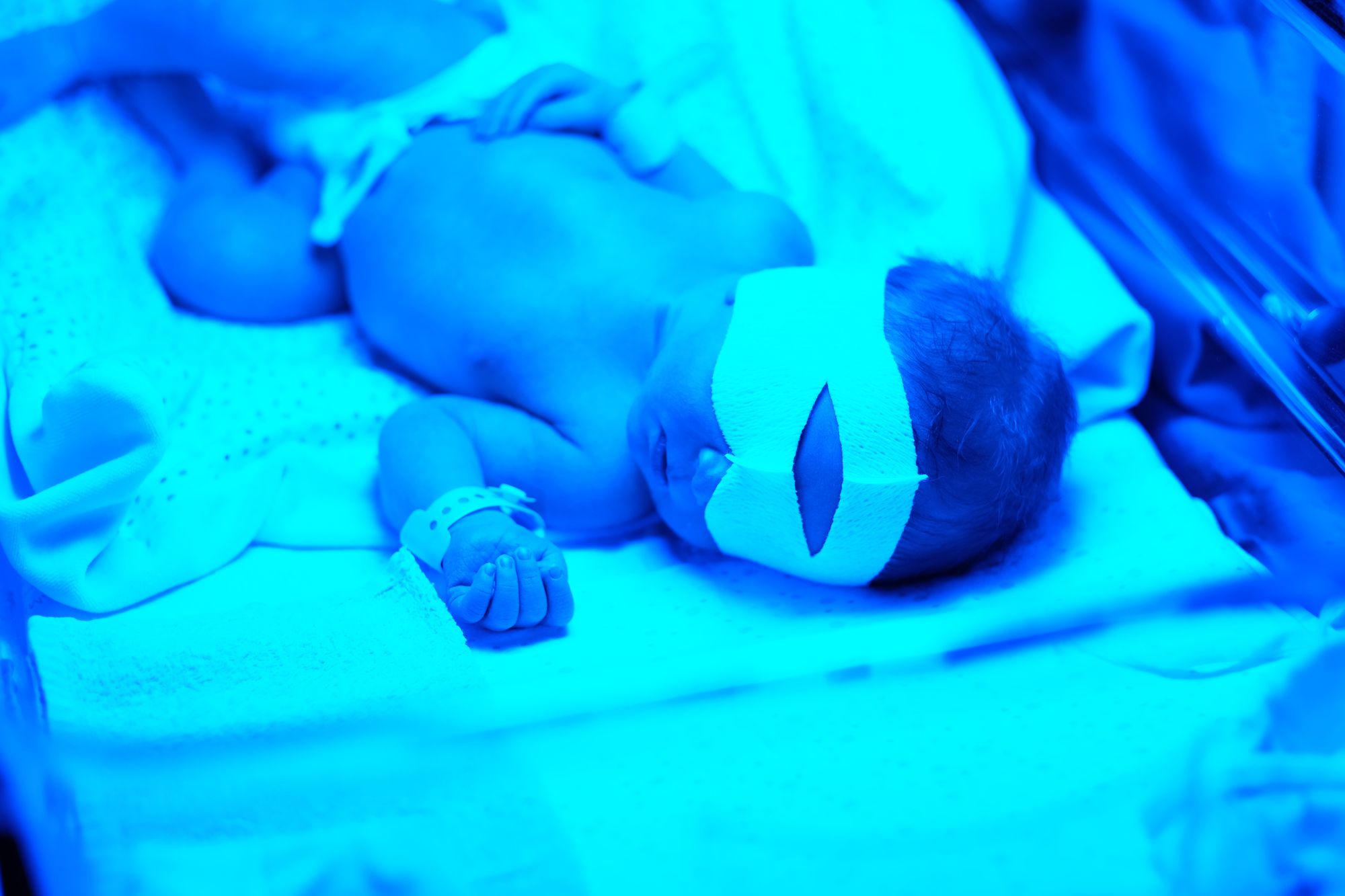Breastfeeding Jaundice


Breastfeeding jaundice, not to be confused with breastmilk jaundice, is a common concern that typically occurs at the beginning of the breastfeeding journey when mom and baby are trying to establish nursing. It is also referred to as "suboptimal intake jaundice," because the newborn is not taking in an optimal amount of milk. When this happens, the infant's bilirubin levels rise, and the infant becomes jaundiced.
What Causes Breastfeeding Jaundice?
Breastfeeding jaundice occurs generally in the first week of a newborn's life, as mom's milk is trying to "come in" and baby is learning how to nurse. These first crucial days can be stressful and complicated. Mom may be stressing that she is only making tiny amounts of colostrum, and baby may be struggling to latch....all while mom is trying to recover and is on a huge lack of sleep. If baby does not take in enough milk, excess bilirubin will be reabsorbed into the intestines, and baby's bilirubin levels will therefore elevate and lead to jaundice. Fortunately, this is usually a quick-fix and your baby will be just fine. But do not ignore the problem, address it and take action so that your baby doesn't get dehydrated or end up in the NICU for further care.
How to Prevent Breastfeeding Jaundice
- Nurse frequently! Aim for 10-12 times a day at the start, and any time baby is cueing.
- Do skin-to-skin as much as possible! The more the merrier. Unlimited access to the breast while holding baby skin-to-skin is an added perk.
- Hold off on the pacifier until breastfeeding is established. Feel free to introduce it later if you desire, but use your nipple as the pacifier while your milk is coming in so that you can have as much stimulation as possible.
- Drink lots of water!
- Check my post on How To Increase Milk Supply if you're looking for a boost
- Ensure a proper breastfeeding latch EVERY single time! If baby is not latching properly, milk will not be efficiently expressed. Check my post on How to Latch Your Baby if you are unsure about your baby's latch.
- Do diaper counts! When you first bring your baby home, it is a great idea to keep track of the number of pee and poop diapers your baby is putting out. This will give you a good idea of their level of hydration. Also, every time your newborn poops, they are getting rid of bilirubin....we want this! Check my post HERE to reference whether your baby's output is normal and see if your little one is getting enough milk.
Key Takeaway
Most of the time, breastfeeding jaundice is corrected at home with frequent nursing and does not require you to stop breastfeeding. Always seek professional assistance if you are noticing dehydration or progressive yellowing of your baby's skin or sclera (jaundice), and seek lactation help as well. Breastmilk jaundice is NOT the same problem as breastfeeding jaundice, and it is very rare.
If your baby's bilirubin levels do end up critically elevated and/or your baby is very dehydrated, your baby may need intensive phototherapy and IV fluids in the NICU. Keep in mind, however, that your newborn's bilirubin levels should be routinely monitored at their pediatrician's office. There, they can generally send you home with a "bili-blanket" or source of phototherapy so that your baby doesn't need to be admitted to the NICU, if caught in a timely manner. Like most things, early recognition and intervention is key.
Nurse frequently and spend extra contact time with your baby. You will naturally evaluate their well-being around the clock. If you notice signs of dehydration or feel like they are not having adequate intake/output, ask! It is easy to question yourself, especially at the beginning of this journey.
You got this mama! xoxoxo
